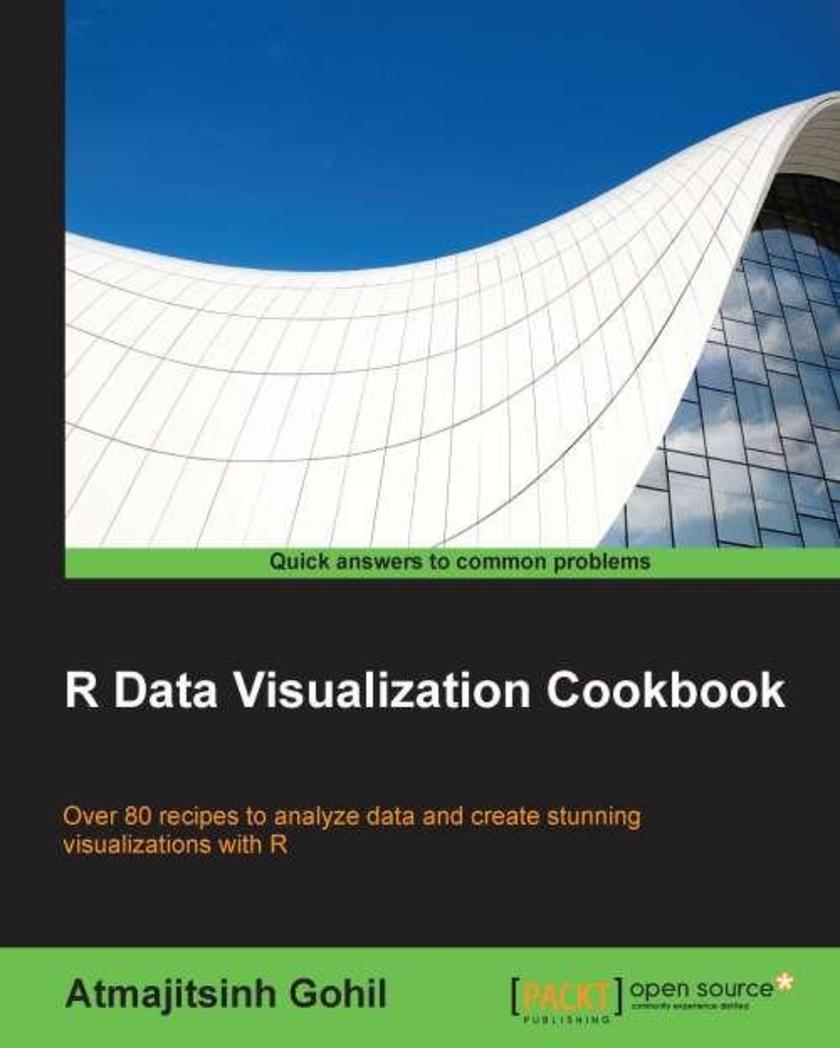
R Data Visualization Cookbook
¥80.65
If you are a data journalist, academician, student or freelance designer who wants to learn about data visualization, this book is for you. Basic knowledge of R programming is expected.
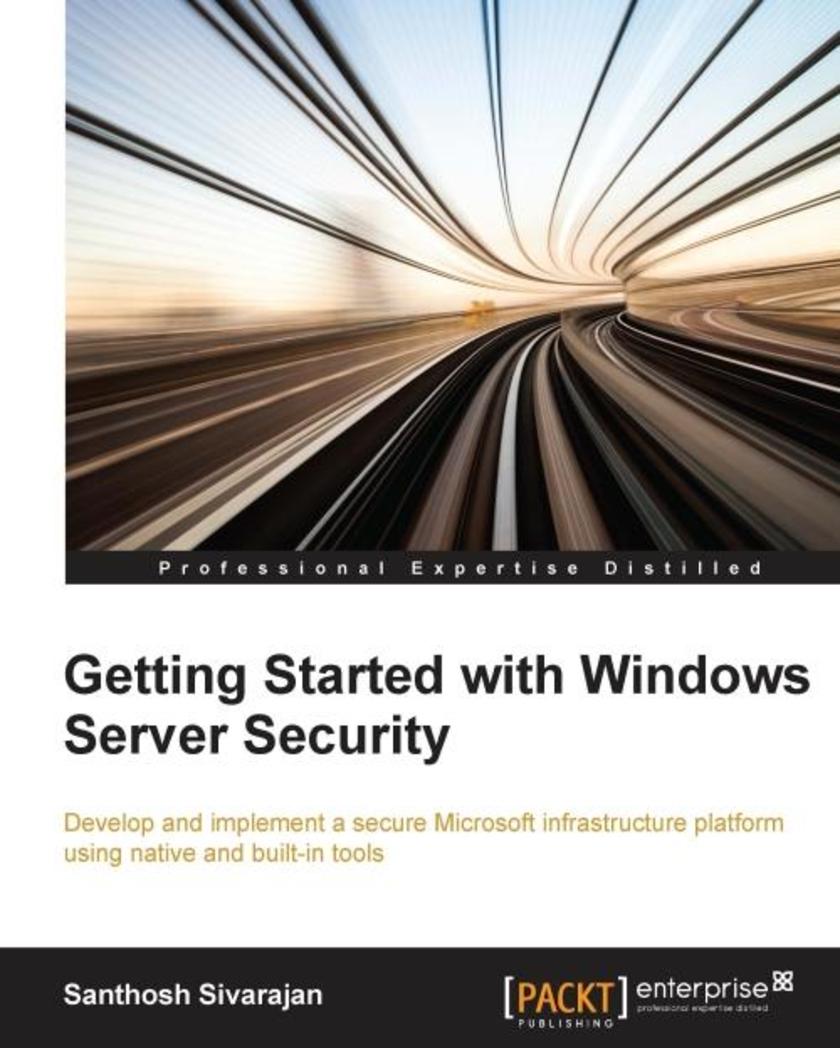
Getting Started with Windows Server Security
¥80.65
If you are a security or Windows Server administrator wanting to learn or advance your knowledge in Microsoft security and secure your Windows Server infrastructure effectively, this book is for you.
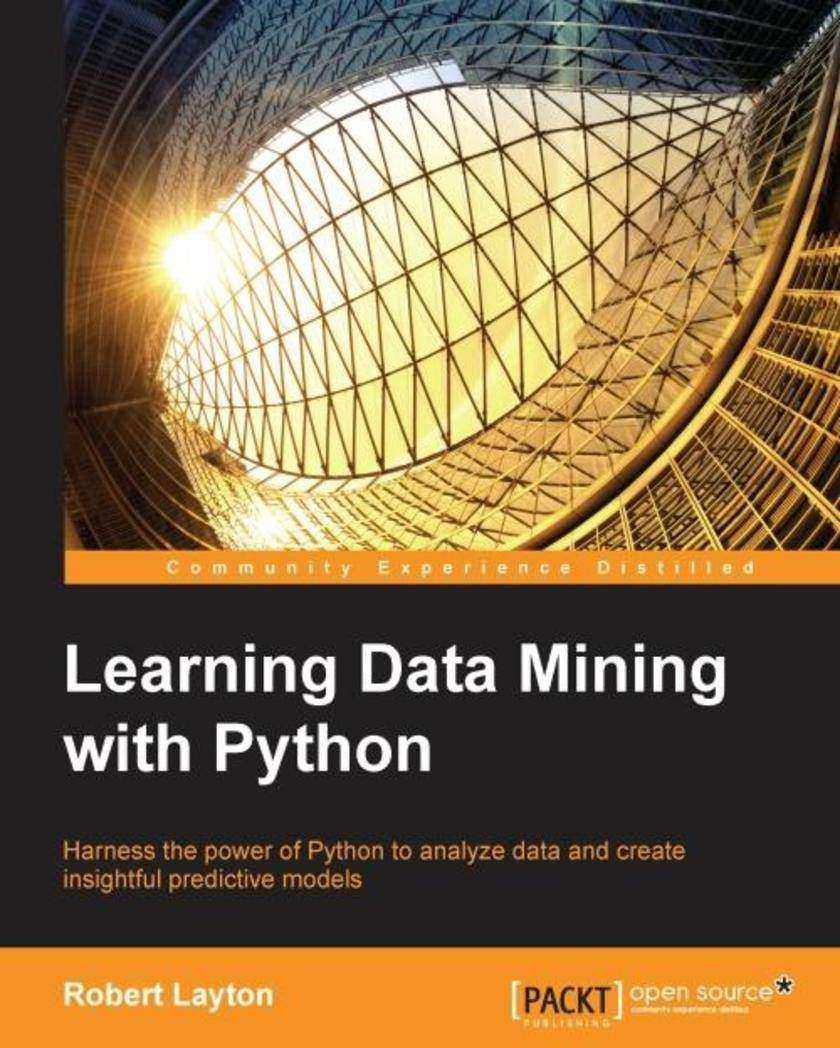
Learning Data Mining with Python
¥80.65
If you are a programmer who wants to get started with data mining, then this book is for you.
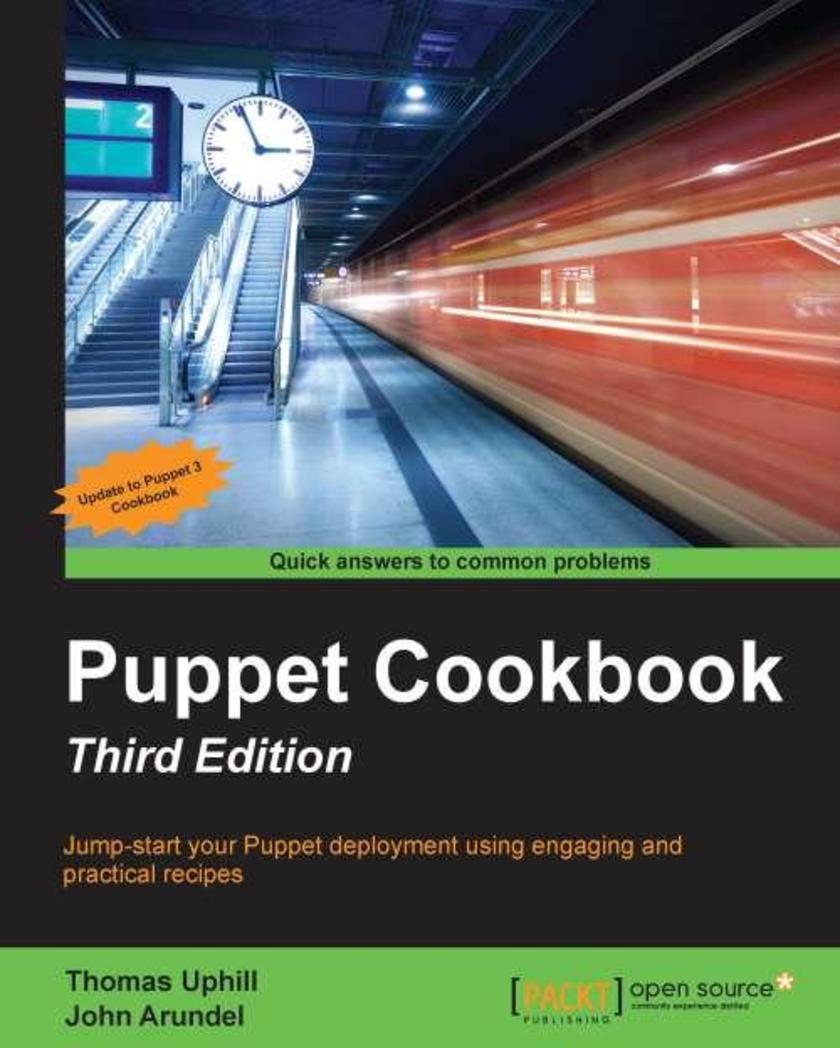
Puppet Cookbook - Third Edition
¥80.65
This book is for anyone who builds and administers servers, especially in a web operations context. It requires some experience of Linux systems administration, including familiarity with the command line, file system, and text editing. No programming experience is required.
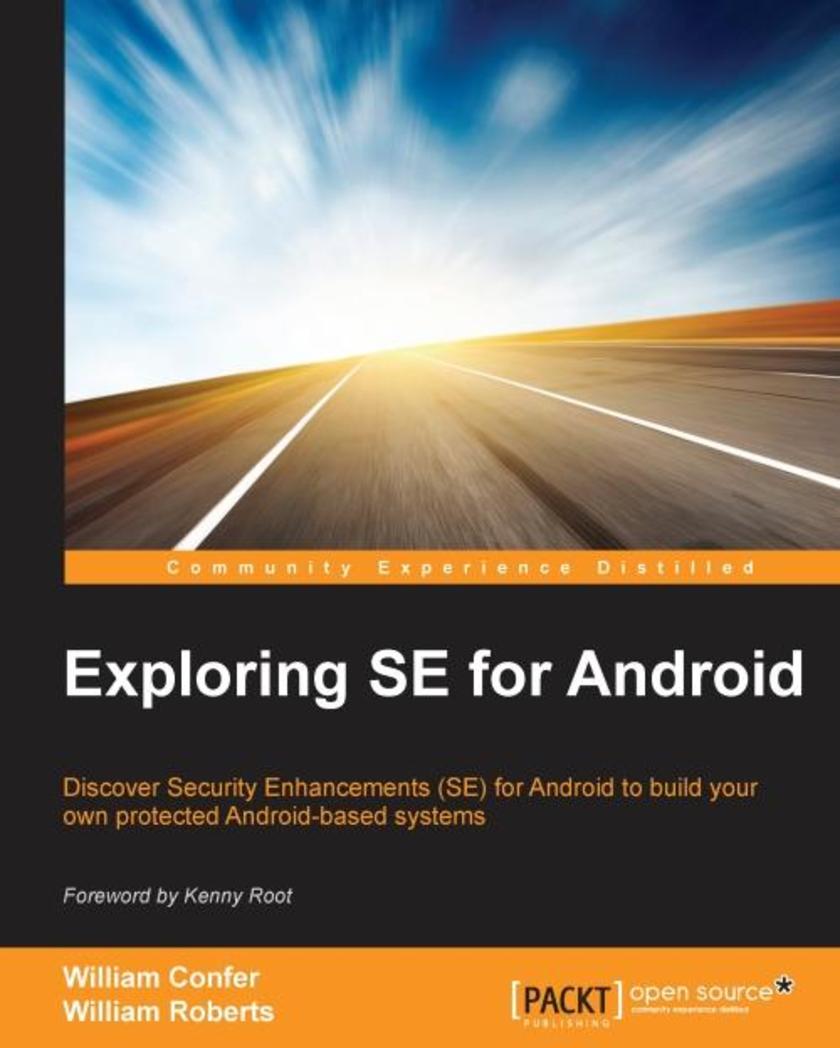
Exploring SE for Android
¥80.65
This book is intended for developers and engineers with some familiarity of operating system concepts as implemented by Linux. A basic background in C code would be helpful. Their positions range from hobbyists wanting to secure their Android powered creations to OEM engineers building handsets to engineers of emerging areas where Android is seeing growth.
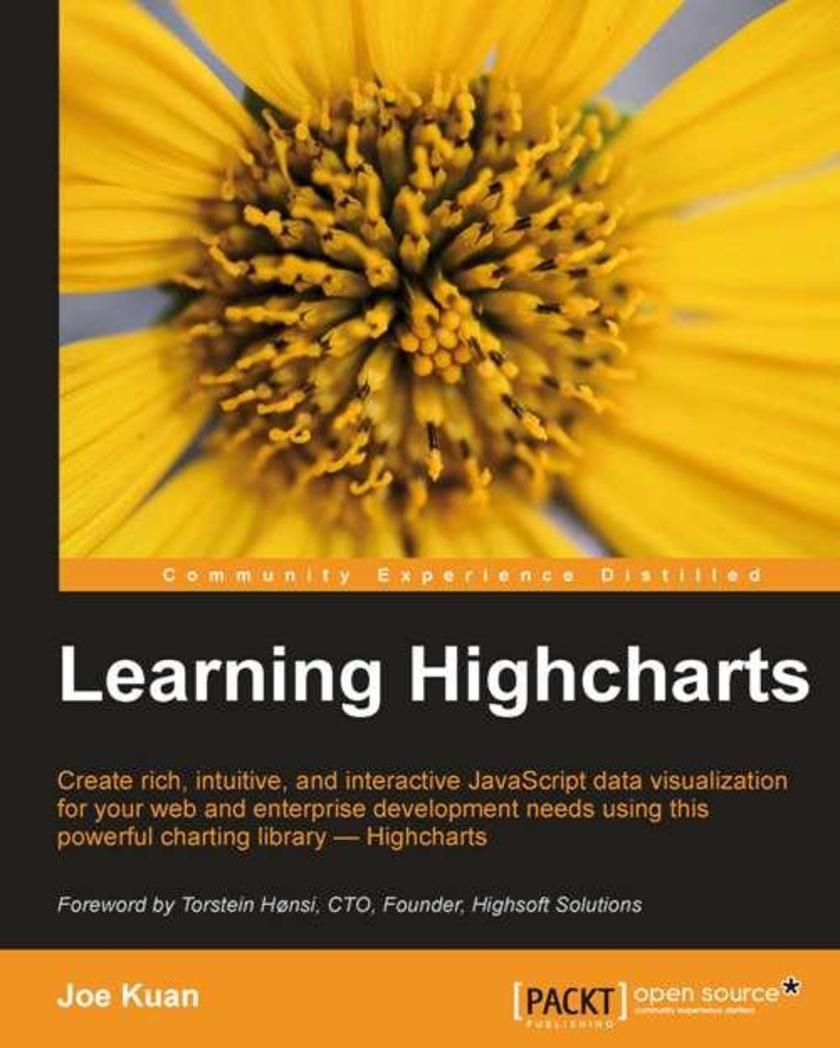
Learning Highcharts
¥80.65
A complete practical and comprehensive tutorial with clear and step-by-step instructions along with many examples. It's packed with examples, code samples and practical tips in a no-nonsense way. This book is both for beginners and advanced web developers who need to create interactive charts for their web applications. It primarily targets JavaScript Web developers who want to use the Highcharts library to prepare interactive and professional-quality charts and graphs for their applications quickly and easily. Prior experience with JavaScript is assumed.
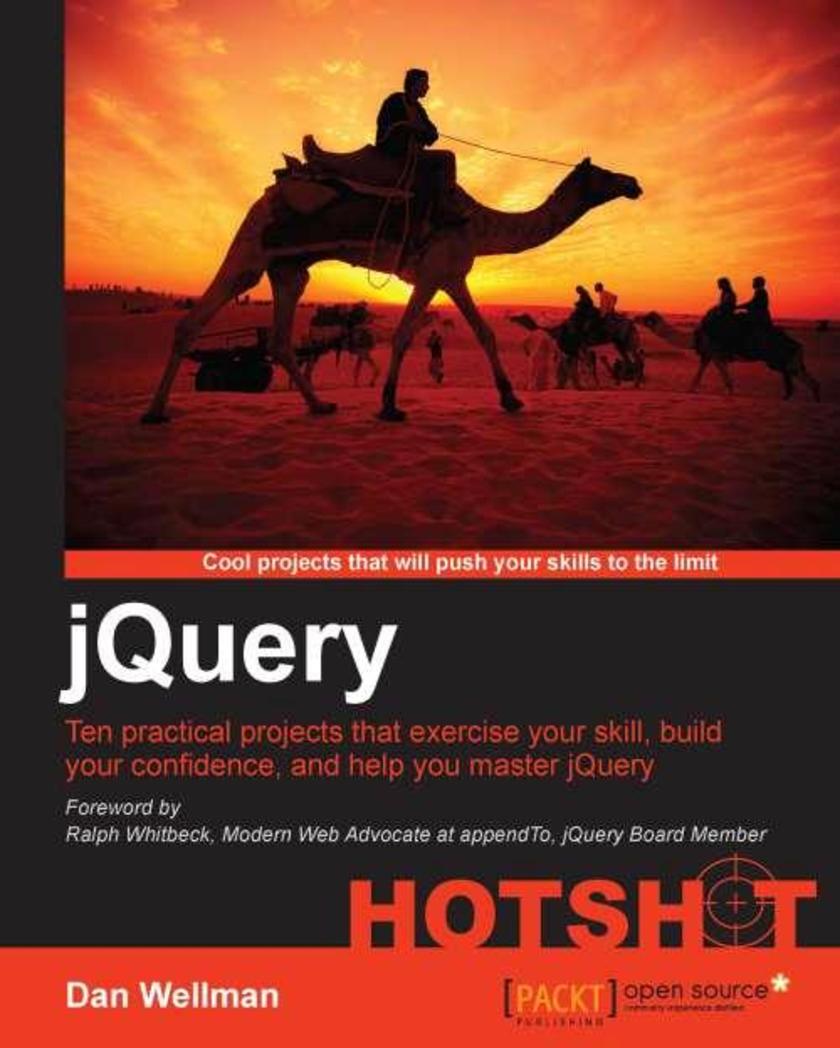
jQuery Hotshot
¥80.65
This book takes a hands-on, tutorial-style approach that walks you step -by -step through 10 individual projects that each focus on producing a specific, real-world product or application. This book is aimed primarily at front-end developers, preferably already with a little jQuery experience, or those people that simply want to build on their existing skills with jQuery.
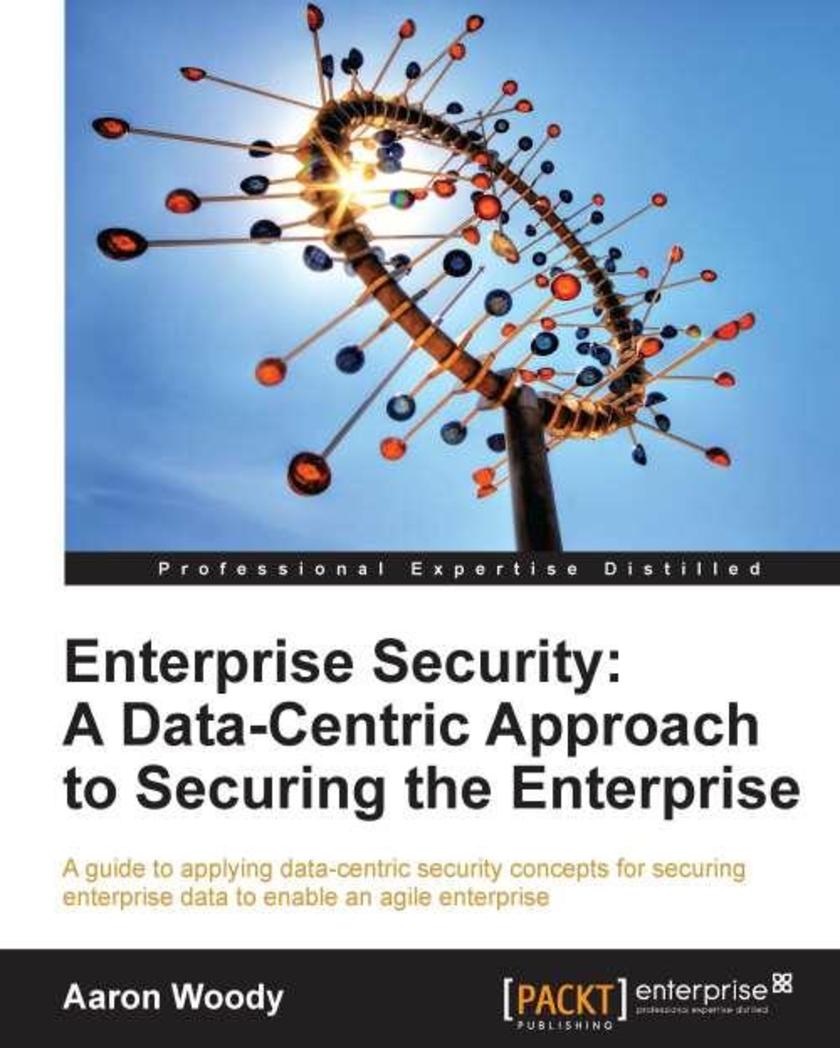
Enterprise Security: A Data-Centric Approach to Securing the Enterprise
¥80.65
It’s a reference guide to enterprise security programs. This book is intended for the IT security staff beginner to expert but would also be a valuable resource for other IT functions such as IT compliance, IT operations, and executives responsible for managing IT and information security. Understanding the principles in this book is important for decision makers as new business models are developed and enterprise security must keep up to reduce risk and secure critical enterprise assets and data.
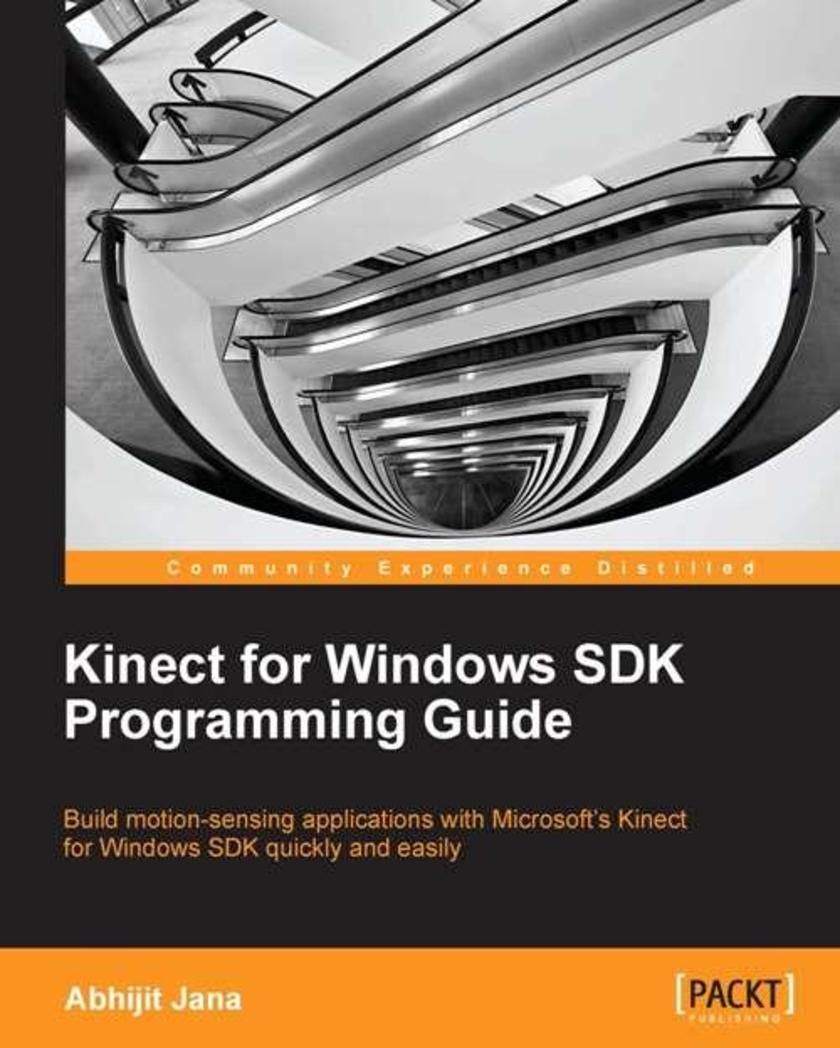
Kinect for Windows SDK Programming Guide
¥80.65
This book is a practical tutorial that explains all the features of Kinect SDK by creating sample applications throughout the book. It includes a detailed discussion of APIs with step-by-step explanation of development of a real-world sample application.If you are looking to develop motion sensing, speech recognizing applications with Kinect, then this book is for you,This book uses C# and WPF in the examples, so you need to know the basics of C# and WPF. You don’t have to know anything about Kinect for Windows SDK.
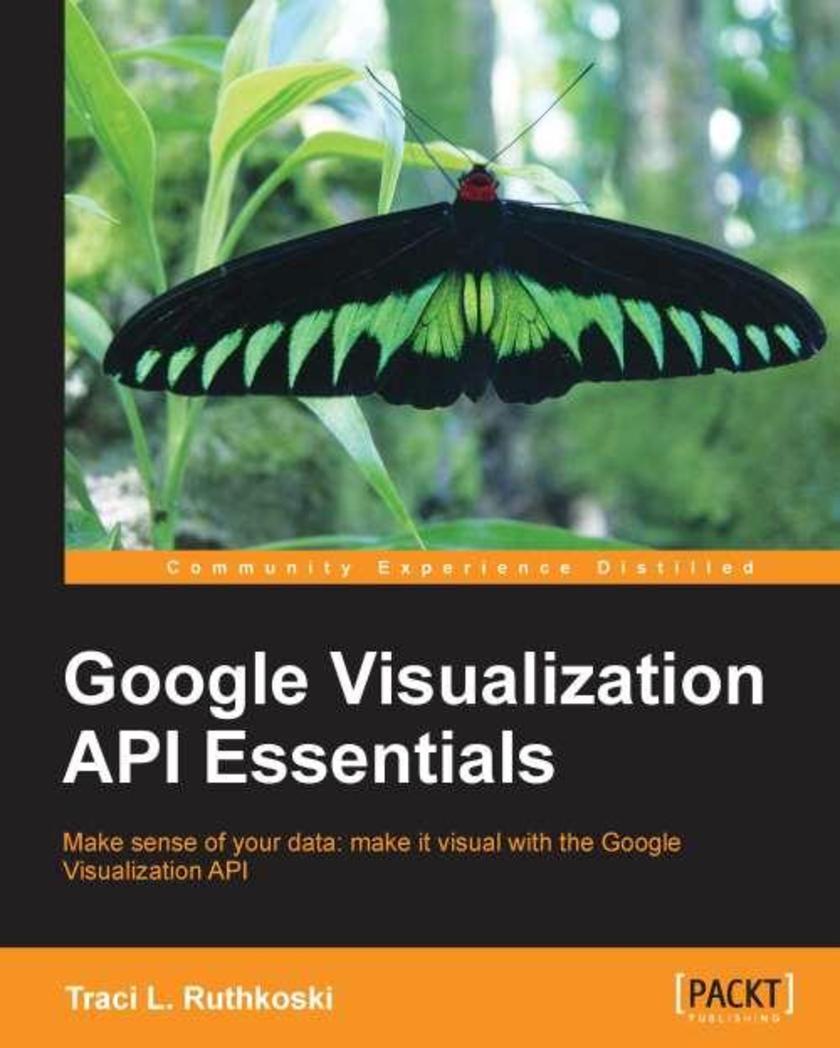
Google Visualization API Essentials
¥80.65
This book is a step-by-step tutorial full of diagrams, core concept explanations, best practice tips, and links to working book examples. This book will show you how create web-ready data visualizations using Google’s infrastructure. Some HTML knowledge is the only requirement, although some JavaScript knowledge is also helpful.
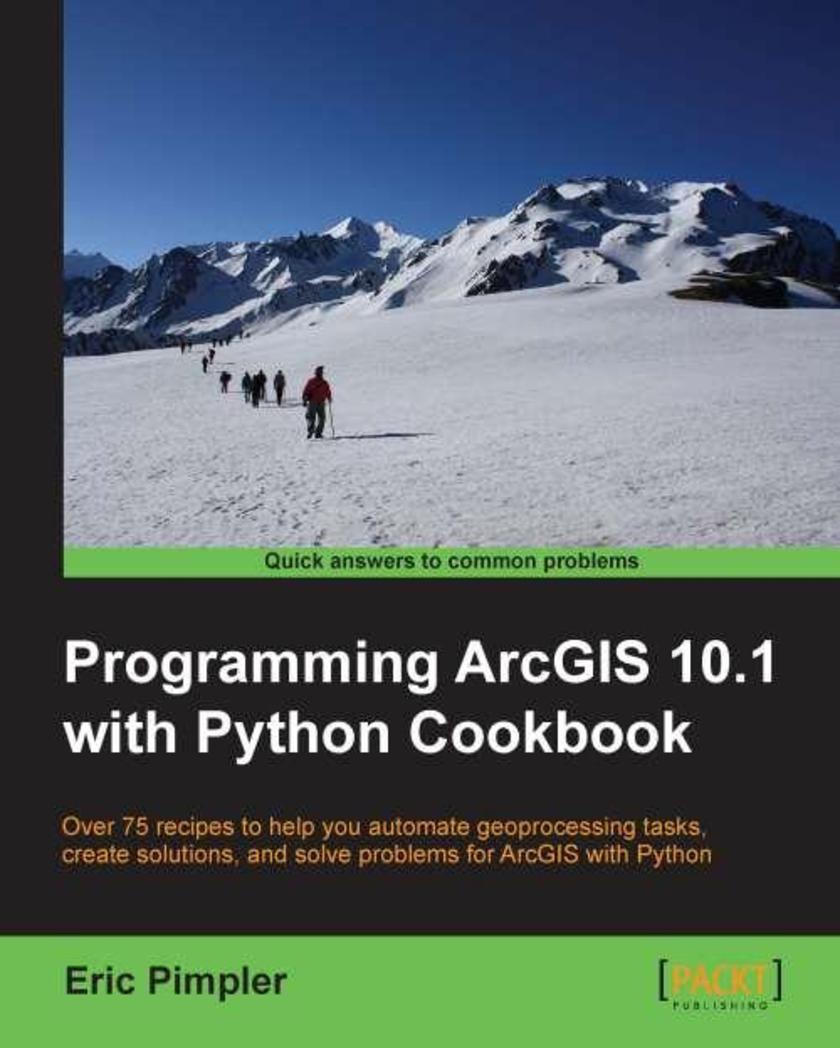
Programming,ArcGIS 10.1 with,Python Cookbook
¥80.65
This book is written in a helpful, practical style with numerous hands-on recipes and chapters to help you save time and effort by using Python to power ArcGIS to create shortcuts, *s, tools, and customizations."Programming ArcGIS 10.1 with Python Cookbook" is written for GIS professionals who wish to revolutionize their ArcGIS workflow with Python. Basic Python or programming knowledge is essential(?).
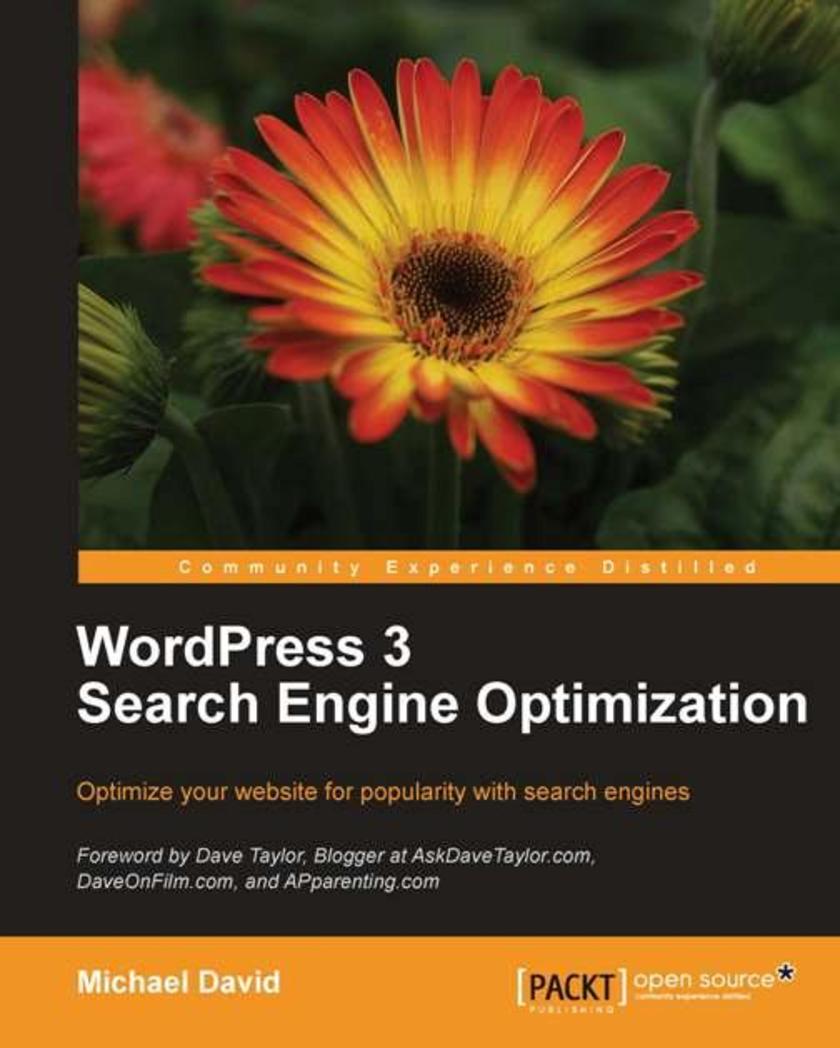
Wordpress 3 Search Engine Optimization
¥80.65
This is a practical, hands-on book based around sound SEO techniques specifically applied to WordPress. Each chapter starts with a brief overview of the important concepts then quickly moves into practical step-by-step actions you can take immediately. Throughout the book, you'll get clear instructions and detailed screenshots, so you can see exactly what to do each step of the way. This book is written for anyone using WordPress, ranging from owners of business sites to website developers and blog owners. Any WordPress user who wants to sell products or services, or send out a message to the world will find that getting better rankings in the search engines will help them reach their goal faster. Some prior knowledge of WordPress is expected but no prior knowledge of search engine optimization is needed for this book. Readers will get a deeper level of knowledge on how to make their website rank better and attract more visitors.
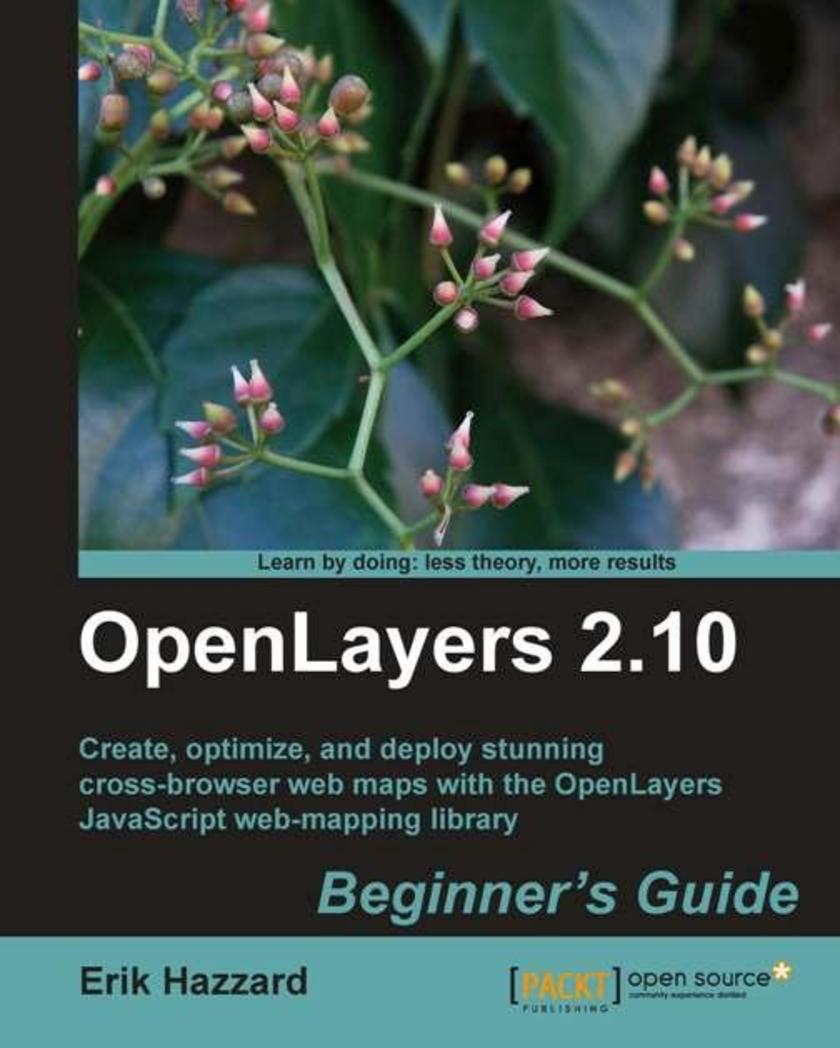
OpenLayers 2.10 Beginner's Guide
¥80.65
This is a beginner's guide with the essential screenshots and clearly explained code, which also serves as a reference. This book is for anyone who has any interest in using maps on their website, from hobbyists to professional web developers. OpenLayers provides a powerful, but easy-to-use, pure JavaScript and HTML (no third-party plug-ins involved) toolkit to quickly make cross-browser web maps. A basic understanding of JavaScript will be helpful, but there is no prior knowledge required to use this book. If you've never worked with maps before, this book will introduce you to some common mapping topics and gently guide you through the OpenLayers library. If you're an experienced application developer, this book will also serve as a reference to the core components of OpenLayers.
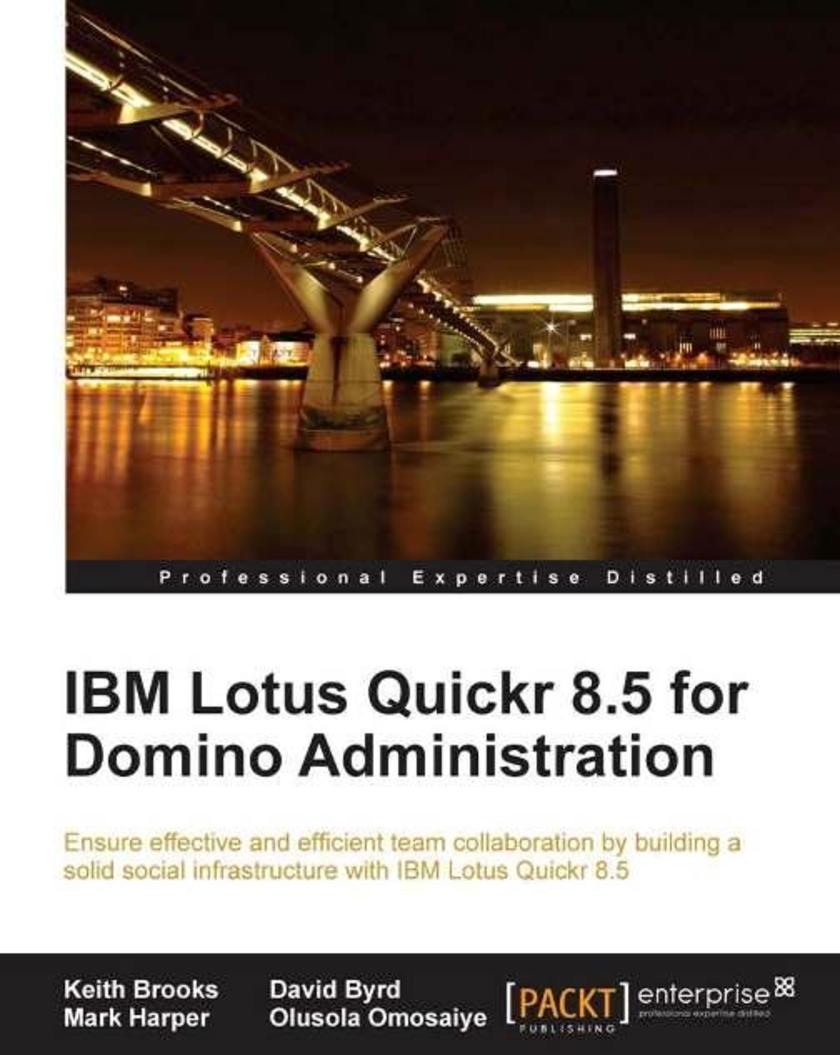
IBM Lotus Quickr 8.5 for Domino Administration
¥80.65
This is a step-by-step manual, with explanation from installation and upgrading, to the development and management of Quickr, to what-to-do-next when you finally have everything set up. It discusses problems that you might face while upgrading to the latest version. The authors show you how to get the most out of the most important features including installing, configuring, maintaining, and troubleshooting a clustered environment with Lotus Quickr. This is a step-by-step manual for System Administrators and Business Analysts who need to facilitate the effective and efficient performance of diverse teams in an interconnected world. It can also be read by Management to gain a high-level understanding of the new features and capabilities offered by the product. You don't require any knowledge of IBM Lotus Quickr 8.5. This book will teach you everything you need to know.
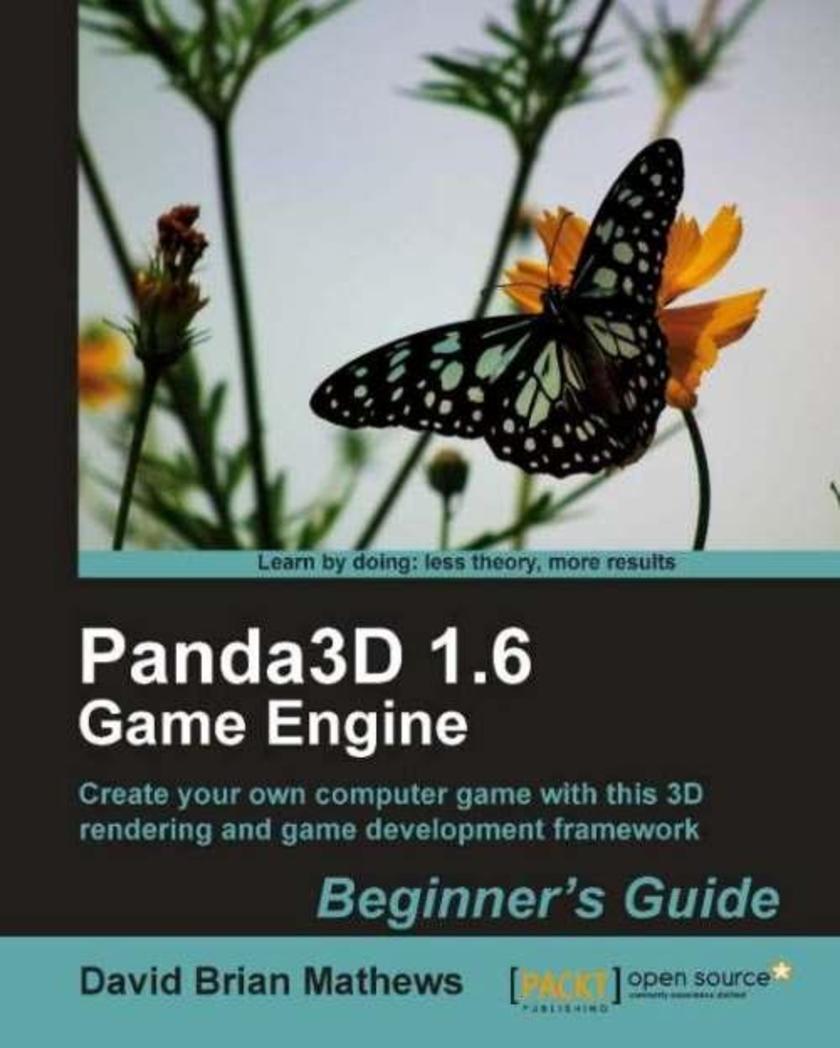
Panda3D 1.6 Game Engine Beginner's Guide
¥80.65
This book is a step-by-step, tutorial-driven guide to game or application development using Panda3D that follows the process used in professional development. You will learn through first-hand experience how a Panda3D developer goes from literally nothing to a finished product. Along the way there are illustrations to explain difficult topics and to display the results of progress, as well as a complete archive of thoroughly explained code for every tutorial. Every single code file the reader saves is mirrored in the example code, finished and explained. In addition, every art and audio asset required by the tutorials is provided, so the user need not provide any assets of their own. If you are an independent developer interested in creating your own video games or other 3D applications using Panda3D for personal or commercial distribution at minimal expense, this book is definitely for you. A basic understanding of general programming, such as familiarity with the concept of a variable, is necessary. Some familiarity with object-oriented programming and the Python language is expected, but not essential. This book does not cover the creation of three dimensional models or similar art assets, nor does it cover the creation of two dimensional art assets or audio assets.
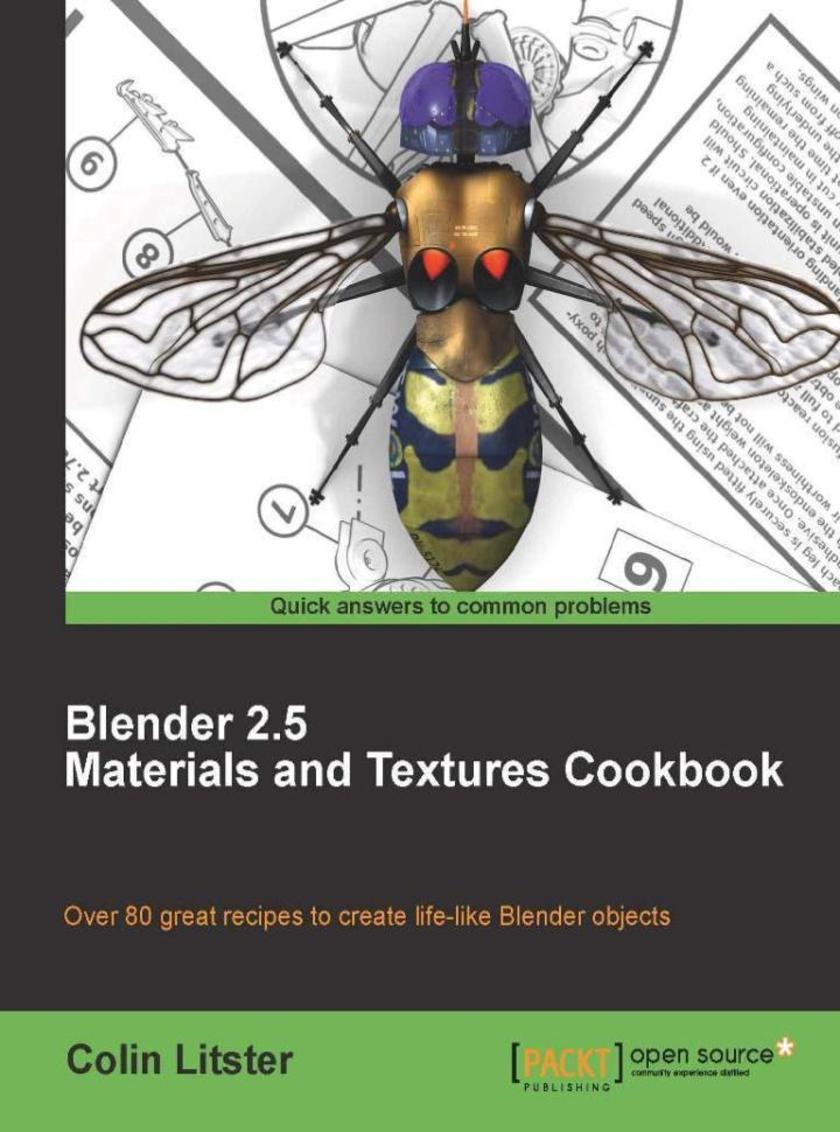
Blender 2.5 Materials and Textures Cookbook
¥80.65
Each chapter in the book follows a themed approach to creating materials using the new Blender 2.5 features. As you read through each chapter you will learn approaches to create materials and textures. These materials and textures will help you to create a flawless simulation of real-world objects. You need not read the chapters in any particular order to learn to use the Blender 3D suite for materials simulation appropriately. Every recipe in this book will enable you to create a usable material or texture effect as well as teaching you techniques that save your time. If you are a Graphics Designer looking to master the features for materials and textures to create realistic looking models in Blender, then this book is for you. It can be read by both beginners and experienced Blender users; however, prior understanding of object creation and manipulation in Blender would be an advantage. This is a must-read for Blender users who want to learn the concepts and at the same time experiment with the different Blender Material and texture functions.
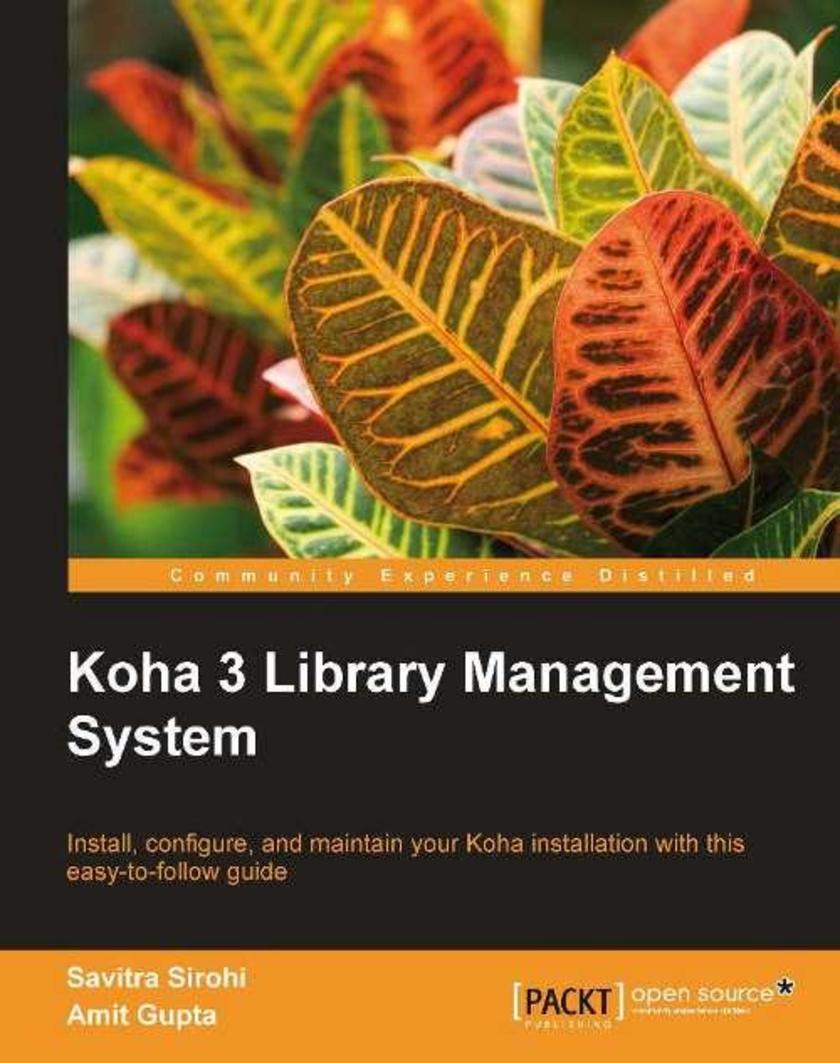
Koha 3 Library Management System
¥80.65
Written in a practical style, this book uses the Linux shell in many chapters, demonstrating the execution of commands and their output. With liberal use of screenshots and plenty of code samples accompanied by careful explanation, it will make the task of installing and configuring Koha easy and straightforward. All chapters are written in a way that makes them applicable to various Linux distributions. This book is aimed at Linux system administrators who need to install and maintain Koha. If you are a system administrator who wants to set up an open source integrated library system, then this book is for you. It will also be useful for system administrators who require help with specific aspects of implementing Koha.
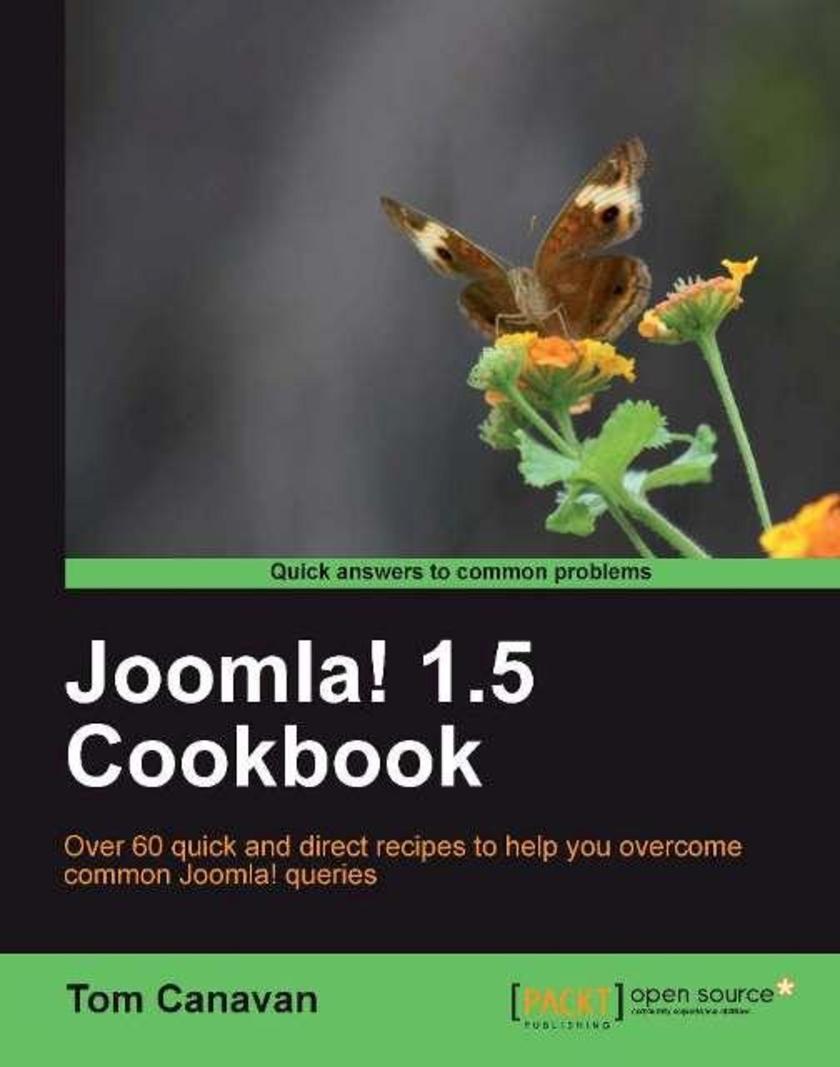
Joomla! 1.5 Cookbook
¥80.65
This is a fast paced cookbook, with practical recipes providing tips and tricks to the most common problems and scenarios faced by Joomla! site owners. It also covers brand new concepts and scenarios of Joomla! 1.6. If you are a Joomla! site owner and have some problems that you want to get rid of quickly; or you just want to get particular things working or improved, this is the book for you. HTML, CSS, or programming knowledge not required.
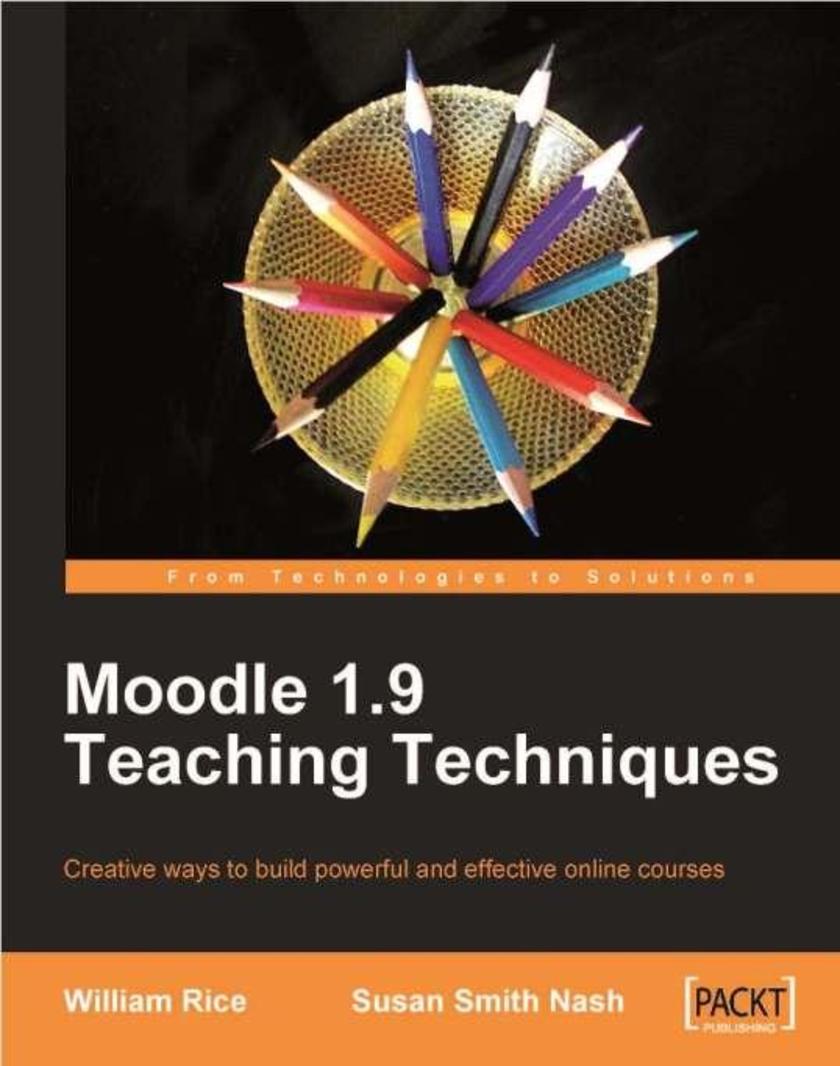
Moodle 1.9 Teaching Techniques
¥80.65
This book contains clear guidance for all who want to put together effective online courses that motivate students and encourage dynamic learning. There are clear, step-by-step instructions with helpful screenshots and diagrams to guide you along the way. If you want to unleash your teaching talents and develop exciting, dynamic courses that really get students moving forward, then this book is for you. Experienced Moodlers who want to upgrade to Moodle 1.9 will find powerful insights into developing more successful and educational courses.
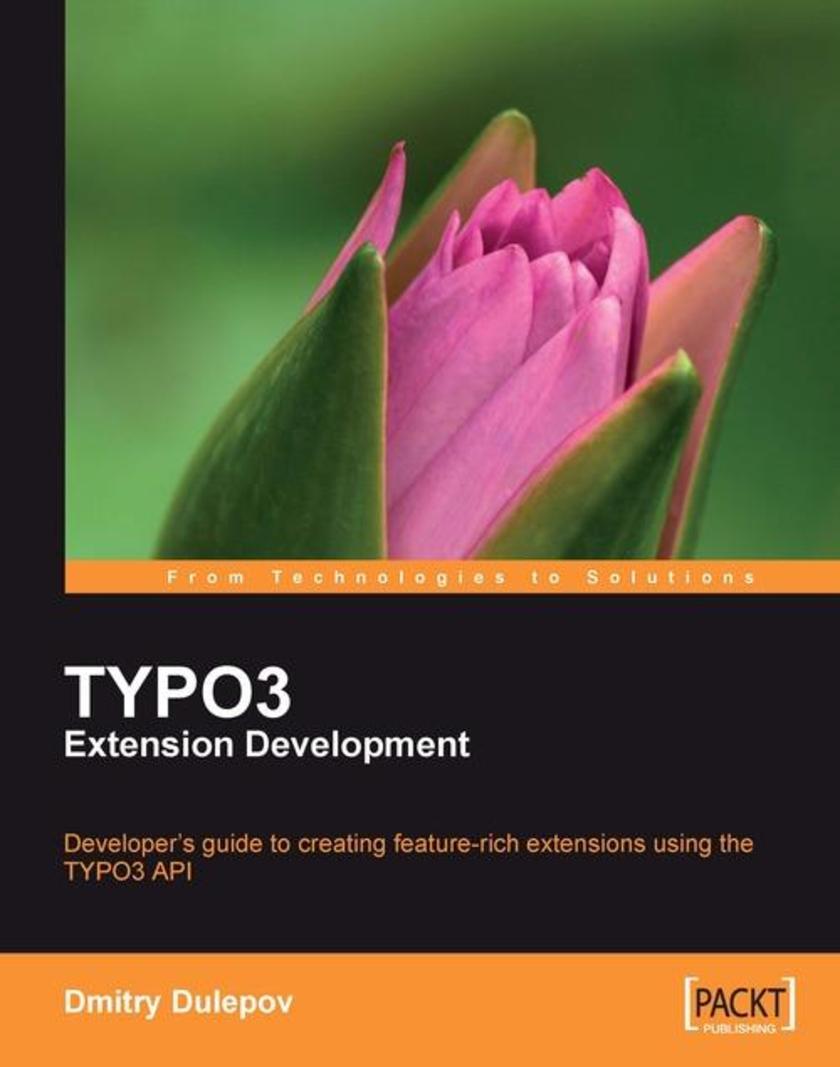
TYPO3 Extension Development
¥80.65
The book is structured so that following the chapters in order builds a TYPO3 extension from the ground up. Experienced developers can use individual chapters independently to get only the information that they need. Each chapter is divided so that the first part contains a de*ion and discussion of the topic covered followed by a coding example with explanation of how principles and techniques from the first part are followed in the code. The reader is encouraged not only to read the book but also to look into the discussed classes and actually code the extension while reading the book. This book is for PHP developers who want to develop a TYPO3 extension. It assumes the reader has experience with PHP, XML, and HTML. No prior knowledge about TYPO3 extension programming or the TYPO3 API is presumed.
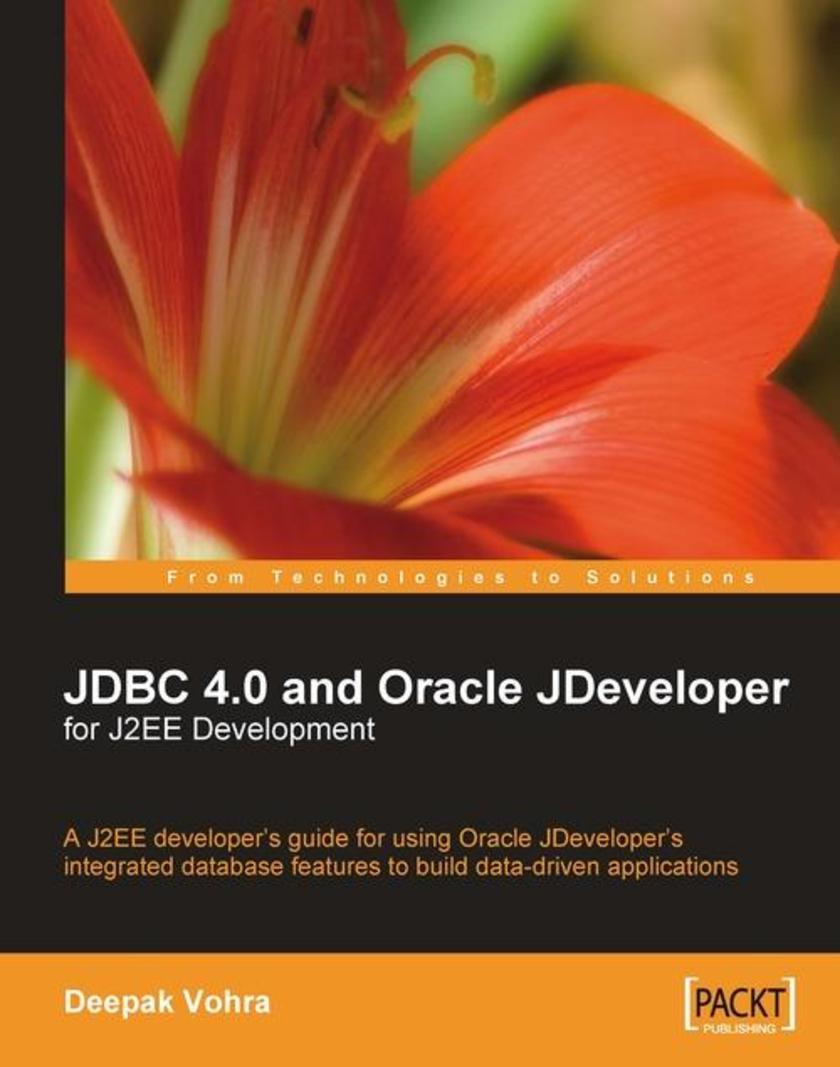
JDBC 4.0 and Oracle JDeveloper for J2EE Development
¥80.65
Being a quick reference guide, this book has a focused approach. You will learn to develop J2EE applications with JDBC and JDeveloper in no time. The book covers lot of practical examples, which makes it developer-friendly learning material. The book is suitable for Java/J2EE and Oracle JDeveloper beginners. If you are a J2EE developer and want to use the JDeveloper IDE for J2EE development, this book is for you. JDeveloper developers who are new to J2EE will also benefit from the book. Most J2EE applications have a database component and the book is specially suited for database-based J2EE development in Oracle JDeveloper. You can also use this book if you are interested in learning how to utilize the new features offered in JDBC 4.0 for Java/J2EE development.




 购物车
购物车 个人中心
个人中心



